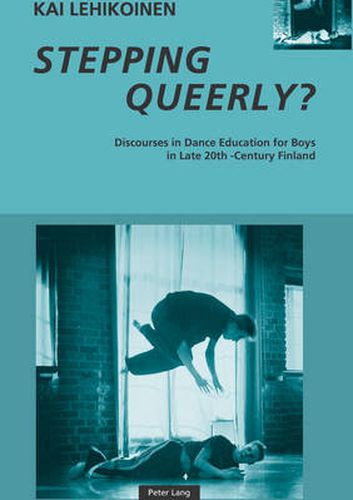Readings Newsletter
Become a Readings Member to make your shopping experience even easier.
Sign in or sign up for free!
You’re not far away from qualifying for FREE standard shipping within Australia
You’ve qualified for FREE standard shipping within Australia
The cart is loading…






In male-dominated culture it is often problematic for young males to take up theatrical dance. Despite the development of gender-specific approaches to get more boys involved, dance education appears to be a prime site of oppression. Located at the intersection of dance studies and the sociology of masculinity, this book presents discourses through which masculinities are constructed and performed in the area of dance education in Finland.
The book includes a detailed investigation of male identities constructed in relation to dance, gender and sexuality as well as an analysis of masculine embodiments and performances as a political rhetoric. The author’s intertextual analysis focuses on the rejection of effeminacy, or the fear of stepping ‘queerly’, in male dancing. Such fear, the author argues, underscores the complex question of the social legitimacy of dance art.
This book will provide new understanding on discursive power and masculinities in dance education.
$9.00 standard shipping within Australia
FREE standard shipping within Australia for orders over $100.00
Express & International shipping calculated at checkout
In male-dominated culture it is often problematic for young males to take up theatrical dance. Despite the development of gender-specific approaches to get more boys involved, dance education appears to be a prime site of oppression. Located at the intersection of dance studies and the sociology of masculinity, this book presents discourses through which masculinities are constructed and performed in the area of dance education in Finland.
The book includes a detailed investigation of male identities constructed in relation to dance, gender and sexuality as well as an analysis of masculine embodiments and performances as a political rhetoric. The author’s intertextual analysis focuses on the rejection of effeminacy, or the fear of stepping ‘queerly’, in male dancing. Such fear, the author argues, underscores the complex question of the social legitimacy of dance art.
This book will provide new understanding on discursive power and masculinities in dance education.